Understanding tea
The growing environment and craftsmanship are both vital to the quality of a tea. Good material requires careful treatment. Understanding the harvesting procedures for tea is not only helpful to gain a deeper understanding of tea, but it also helps us brew a better cup.
SIP ALONG with
Lao Shu Sheng Pu’er 2008
Price range: $31.00 through $439.00
Dry leaf: slightly smokey/woody, hints of fruit
Wet leaf: smokey, hints of stable/hay
Liquor colour: bright orange/gold
Liquor aroma: gentle woodiness
Flavor: plum, wood, moss, hints of smokiness
Mouthfeel: velvety, rich
Bottom cup: sweet/pungent flowers, lingering
-
Description
Tasting notes from 2019
It’s fun keeping your tasting notes over the years. Have a peek at the original 2014 notes. Remember how I said this tea was going to improve as the years went by? Well, I hate to toot my own horn, but I was right! The session started off with the dry leaf aroma as usual. Now, instead of notes of stable, the tea presents a more smokey nose, with hints of fruitiness and a mild hickory wood aroma. It made me think of BBQ, but that’s not quite the right aroma descriptor. We brewed up a gorgeous golden-orange liquor that gave off a very subtle, almost undetectable woodiness. There was however nothing subtle about the first sip. The liquor was instantly velvety in the mouth, thick with the years gone by, the smokiness manifested with an initial bite that led to a gorgeously refreshing and rapidly ensuing after sweet! That was the first sip. This situation simply improved as we made our way through many infusions, refilling the kettle repeatedly. Take a moment with this tea and enjoy the slightly floral aroma that graces the gaiwan lid. Smell the slightly smokey/barnyard aroma of the brewed leaf. This is a tea to enjoy in every aspect.
Tasting notes from 2016
This Sheng Pu’er is a delightful drink and for those who are familiar with being slapped around by an ‘aggressive’ sheng, this one will treat you like a lady (or gentleman). The bing gives off a dry, sweet, date note, but once the leaf is in a humid gaiwan we detect notes of animal/stable. The aroma of the golden liquor is reserved with only hints of smoke which become more obvious in the sip, which is incredibly smooth and integrates fire/smoke, vegetable/asparagus, sweet/malt and fruit/date. All so blended and mingled that the tea takes on a delicious flavour of its own. Whether you are a longtime fan of Sheng Pu’er or looking for a good intro this tea is a perfect fit.
Tasting notes from 2014
While this sheng pu’er is ready to enjoy, it is also going to continue to improve as the years go by. The orange liquor delivers a solid smokey nose with a hint of peat which can be rendered into the liquor if you steep it slightly longer (whiskey pairing anyone?) However if you prefer to keep the smoke out of the liquor (the tea liquor, focus!), our lighter infusions were absent of smoke, but had a bright tangy flavour. Both the short and the slightly longer infusions had a wonderful clean and fresh mouth-feel that left us refreshed and ready for more. The wet leaves have an interesting scent of cigarette tobacco whereas the gaiwan lid was cleaner, and a somehow familiar smell, but I can’t quite place it. For me the gaiwan lid was almost the most intriguing part of the experience.
-
Additional information
origin Menghai, Yunnan Province
brewing 3g/90ml at 100°C for 10 sec, 2nd & 3rd infusion for 20s. 7-10 infusions.
storage Sealed well in a cool, dry, dark location.
-
Reviews (0)
You may also like…
-
Old Tree Sheng Pu’er 2017
$25.00 -
Sheng Pu’er 2003 – Xiao Bing
Price range: $33.00 through $125.00 -
Old Tree Shu Pu’er 2017
$25.00
Plucking
“Tea plucking happens in February, March and April.” This indicates that tea plucking is seasonal. Spring tea is usually plucked from Qingming to Lixia. Summer tea is usually plucked from Xiaoman to Xiazhi, while the tea plucked between Dashu to Hanlu is considered autumn tea. Green tea plucked before Qingming or Guyu is usually considered better quality.
Tea plucking depends on the weather
The weather decides when the tea can be plucked. Ideally, tea will be plucked on sunny days and never on rainy or cloudy days. The reason for this is that when it’s warm and raining, the tea grows and matures quickly which affects the quality of tea. It’s important to pluck the tea leaves in the perfect state. However, “no plucking on cloudy days” is far too strict, so the plucking and production process of tea has changed with time to accommodate this reality.
-
Ming Qian Dafo Long Jing
Price range: $32.00 through $118.00 -
Shou Mei
Price range: $29.00 through $269.00
The bamboo basket, tea’s best friend
Plucking tea requires care. A proper basket will hold the fresh leaves with minimal injury.
Bamboo is abundant in southern China. It’s easy to access and inexpensive. A basket woven from bamboo provides great airflow, which slows down the warming of the piled fresh leaves. Bamboo baskets are also very light making it easy for people to carry around. Though the tea industry has been transitioning from hand plucking to mechanized plucking, in small scale production the bamboo is still essential for the tea farmers.
Plucking techniques
Besides the vessel, plucking fresh leaves is very technical. There are several techniques, such as pinch plucking, lift plucking, double-handed plucking, etc.
Pinch plucking: also called “breaking”, for tender leaves. Grasp the shoot with the thumb and index finger and quickly and carefully pull it up and off the bush.
Lift plucking: a standard plucking technique. With the palm facing down, swiftly lifting the young leaves with thumb and index finger. Most black tea and green tea are plucked using this method.
Doubled hand plucking: If the tea bush is pruned for optimal plucking, skillful pluckers can use both hands to pluck, which increases their efficiency by 50% to 100%.
Cutting: Many dark teas use mature material, in which cases they are often harvested with tools such as a knife or a small sickle.
When plucking, it’s necessary to keep the cut clean and sleek, minimizing injury to the plant for the next round of new sprouts.
To avoid hurting the leaves, be sure to be gentle with them when plucking. Don’t crush the leaves and keep them shaded.
-
Da Ye Qing
Price range: $8.00 through $29.00 -
Qian Liang Cha 2017
Price range: $10.00 through $35.00 -
Ying Hong N°9
Price range: $12.00 through $40.00
Tea Quality
Teas from different places have different qualities. Lu Yu stated in Classic of Tea “wild tea is better than tea from a garden, purple tea is better than green tea, bamboo shoot shaped is better than bud shaped, curled leaves are better than flat leaves.
Teas from different seasons also have different qualities. The leaves in the spring are usually deep green, supple, big and soft with high water content. Teas in the summer tend to have smaller and stiffer leaves. Autumn leaves are in-between spring and summer. Late autumn to early winter, the leaves become small and harden. Tea made with such material has lighter liquor color, faint aroma, and weak flavor. The look of the leaves is usually rough too. It’s difficult to make good tea with this material.
Tea plucking standard
In the picture: bud, one bud one leaf, one bud two leaves, one bud three leaves, one bud four leaves, one bud five leaves.
One bud one leaf: legend has it that an unmarried woman harvested this leaf with golden scissors to make royal tribute tea. When a bud and a leaf just open up, it looks like a sparrow’s beak.
One bud two leaves: the best tea in the market now. Depending on the opening degree of the leaves, there are several types: kai mian ye (open leaf), a tender bud just turned leaf with a new bud emerging; xiao kai mian (small open leaf), the first leaf is about half the size of the second leaf; zhong kai mian (medium open leaf), the first leaf is about ⅔ the size of the second leaf; da kai mian (big open leaf), the first and second leaf are about the same size. Dui jia ye (leaf hugging bud), the stem length between the leaves is extremely small. This is rare.
One bud three leaves: medium quality tea.
One bud four leaves: rougher tea, commonly used for more rigorous processes (e.g. dark tea).
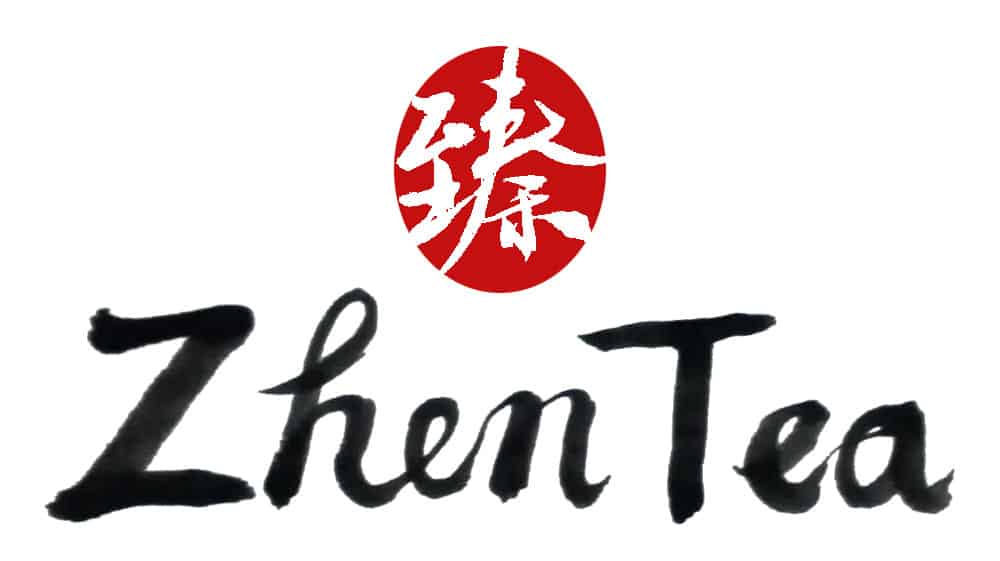
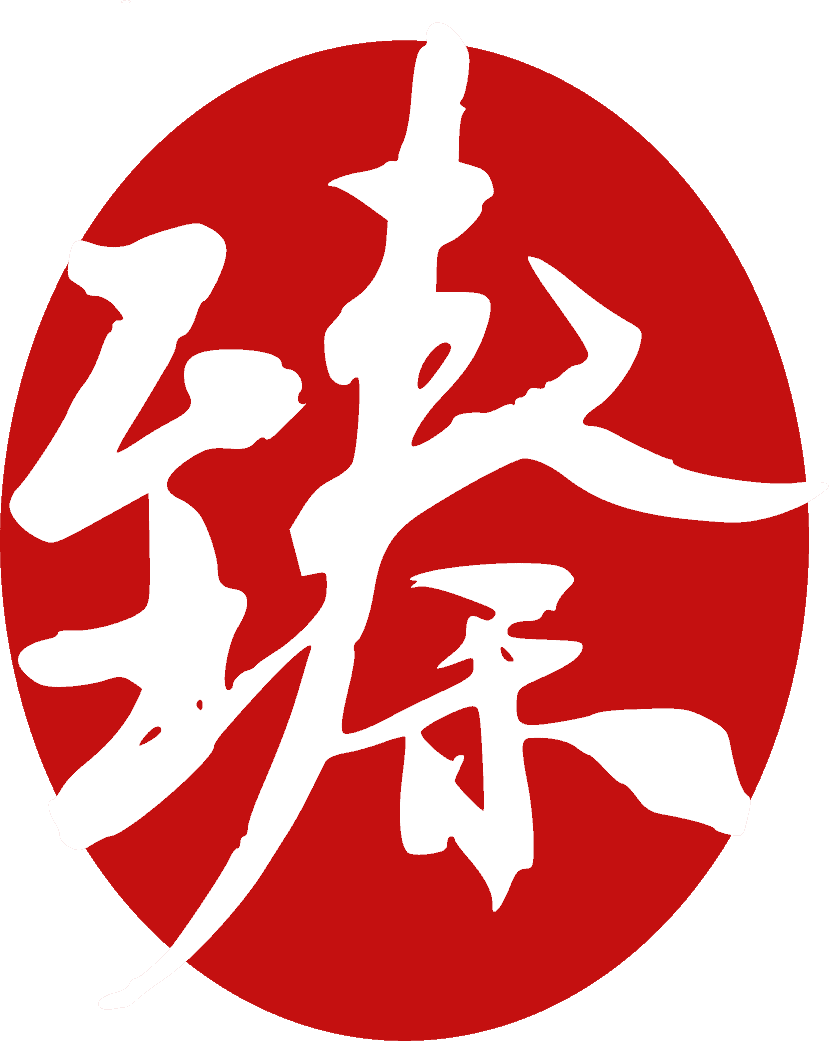
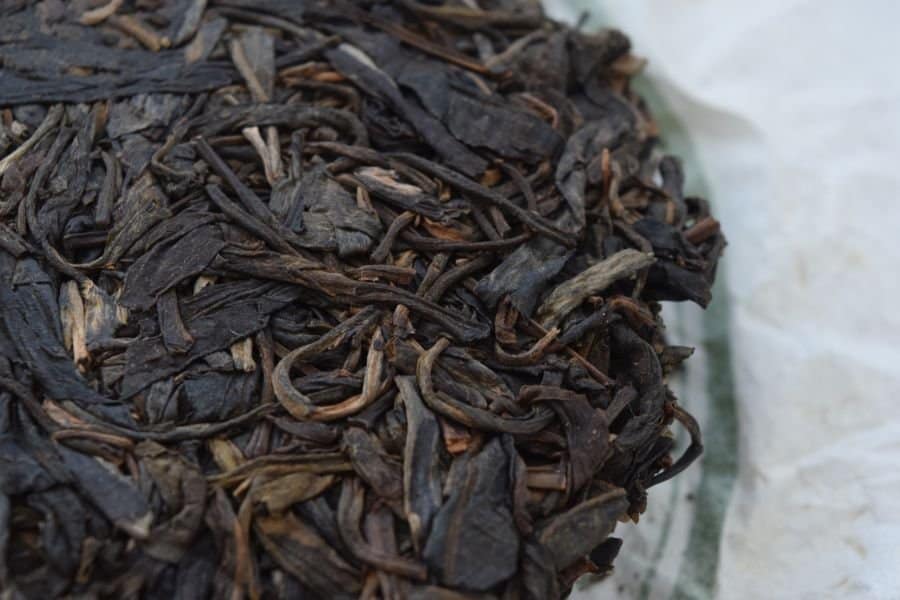
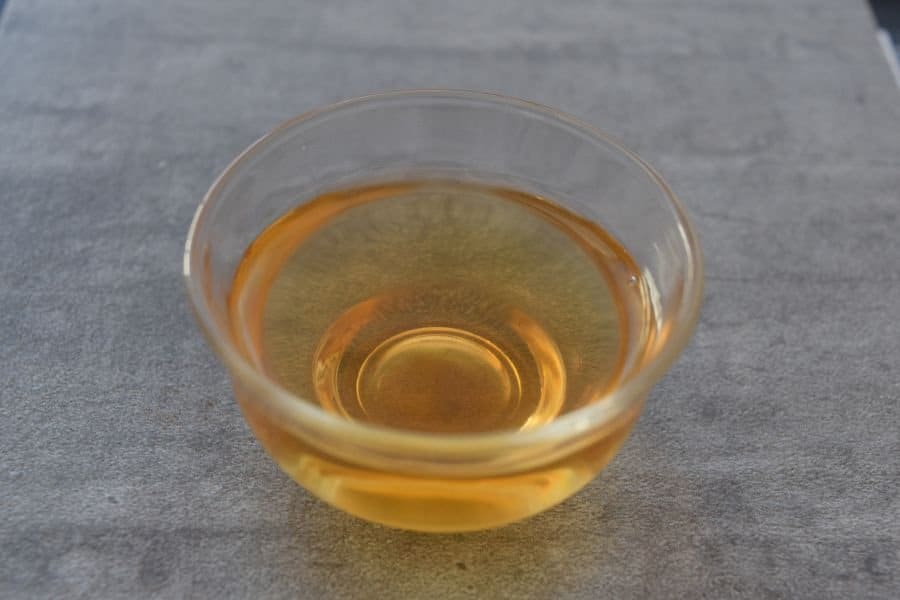
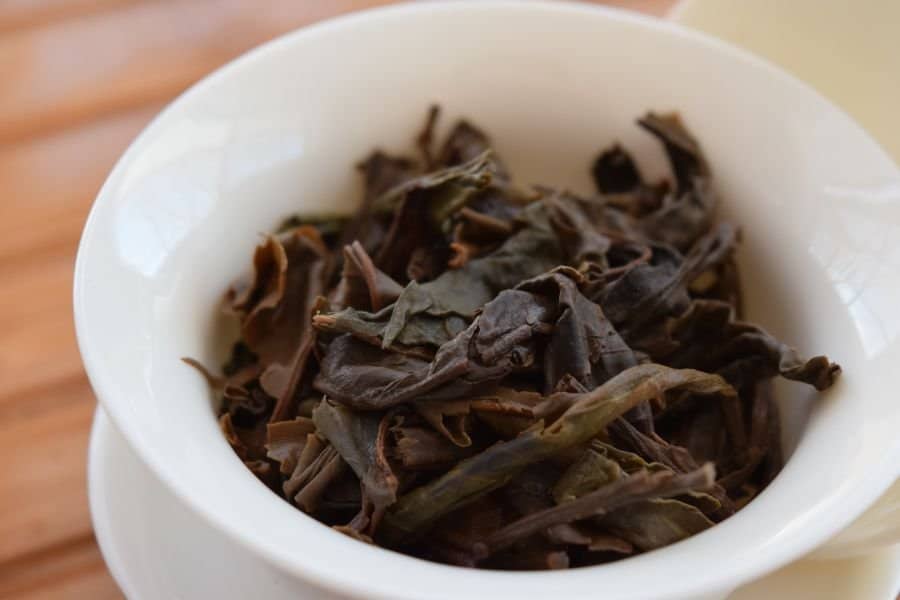
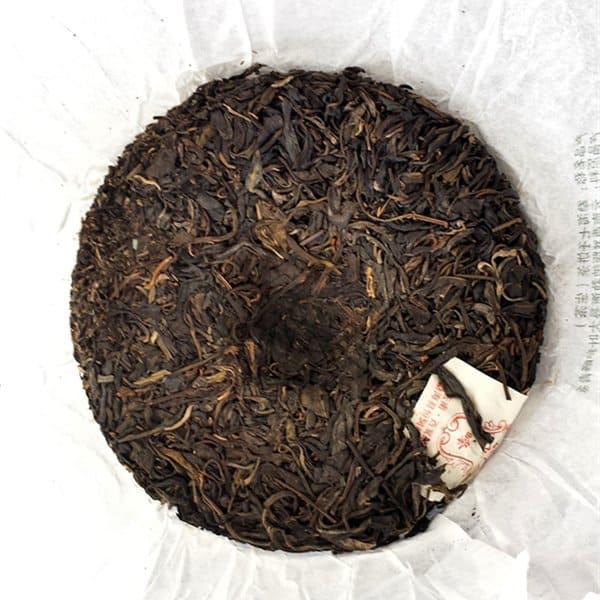
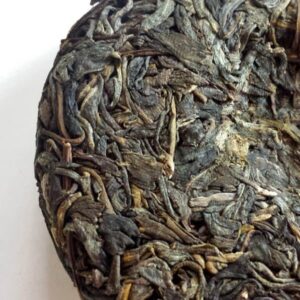
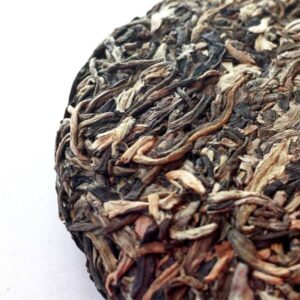
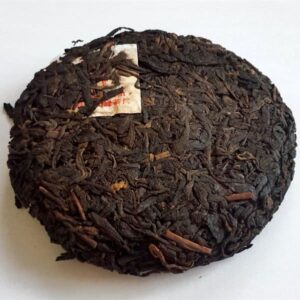
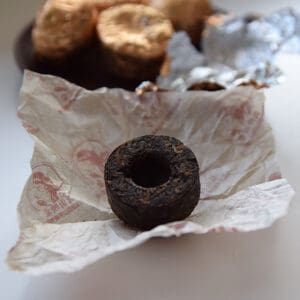
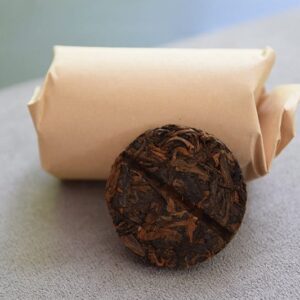

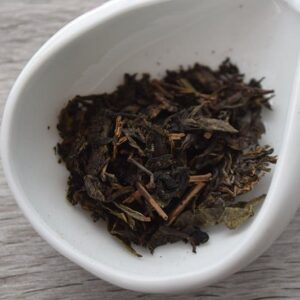
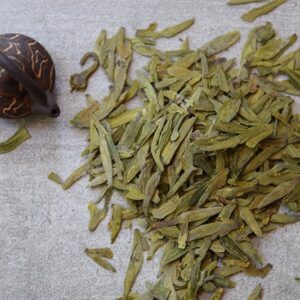
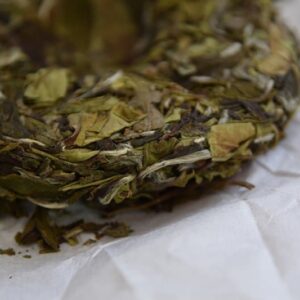

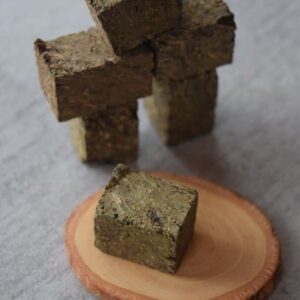
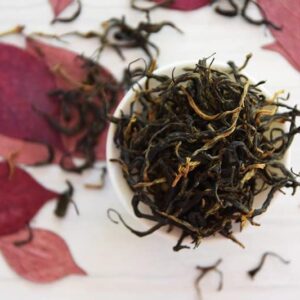
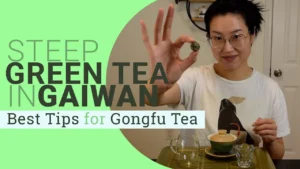
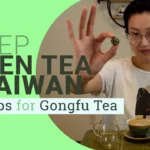
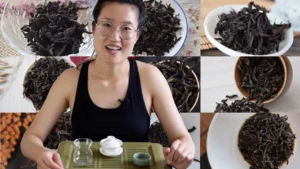
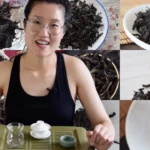
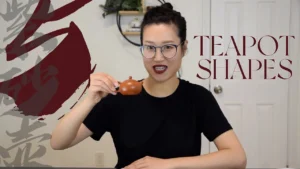
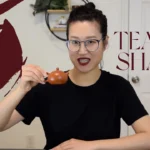


Reviews
There are no reviews yet.